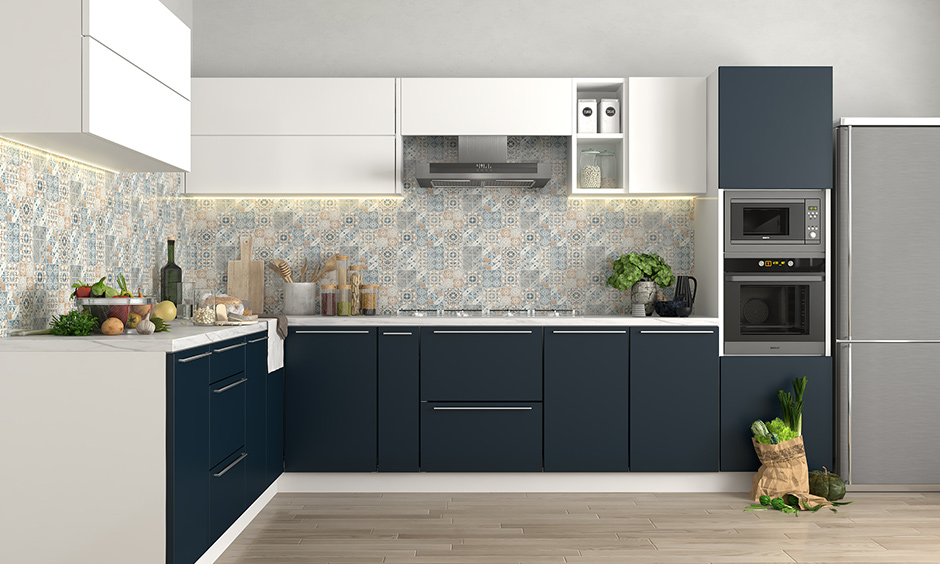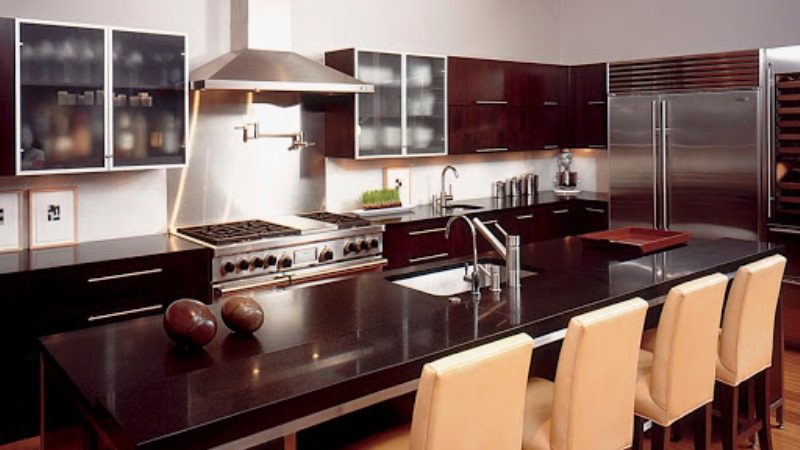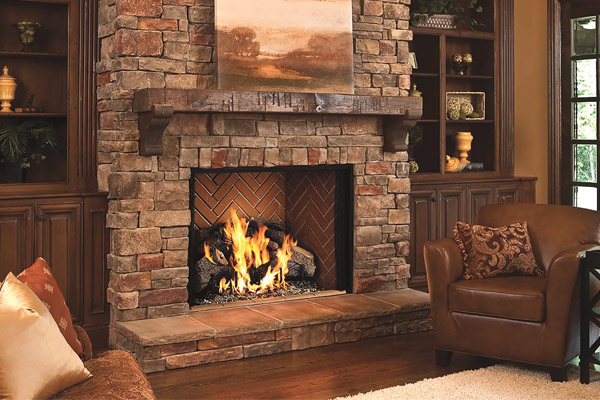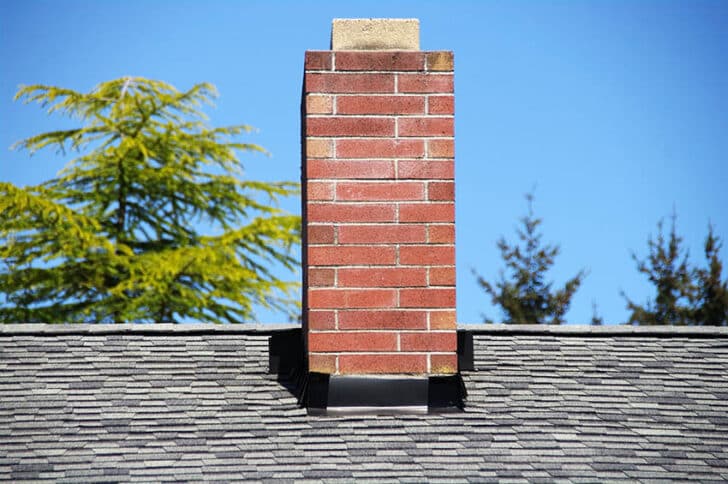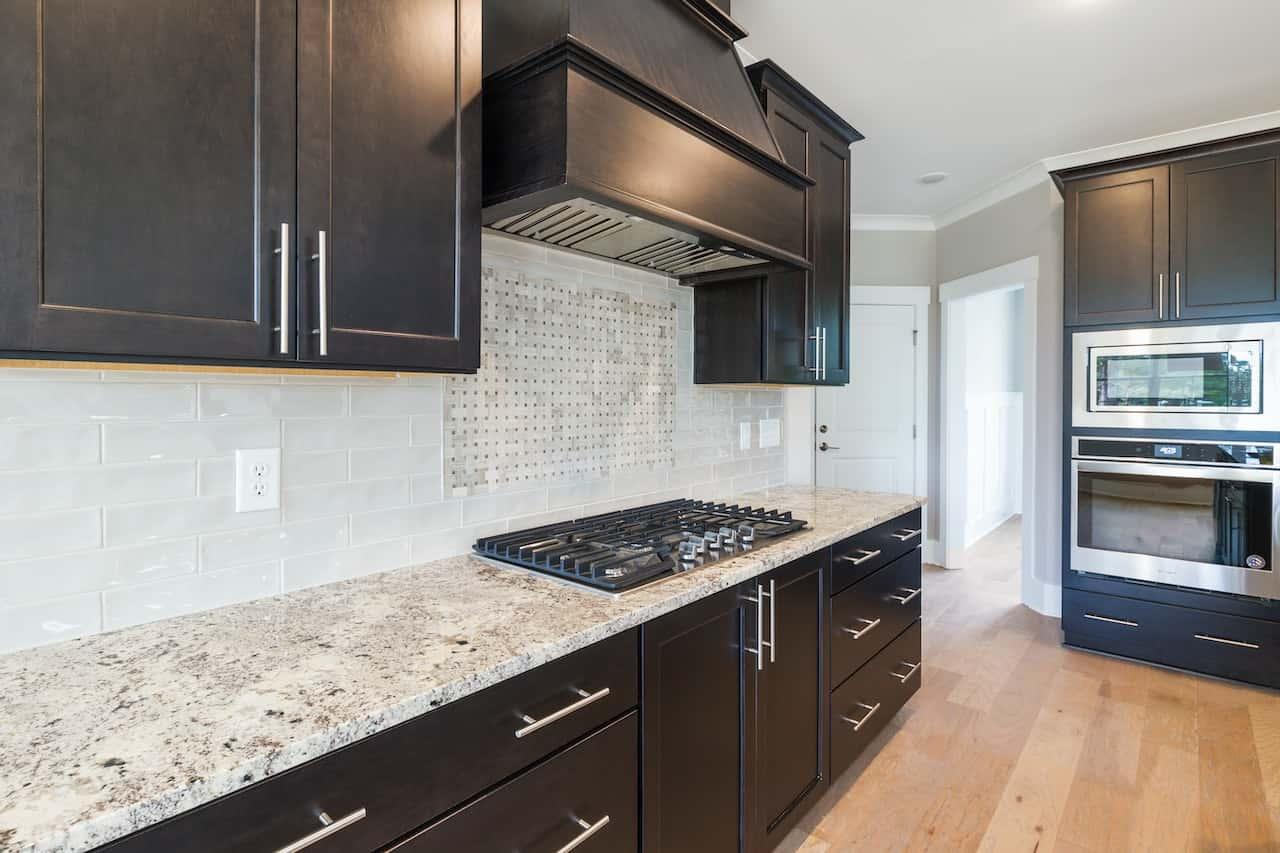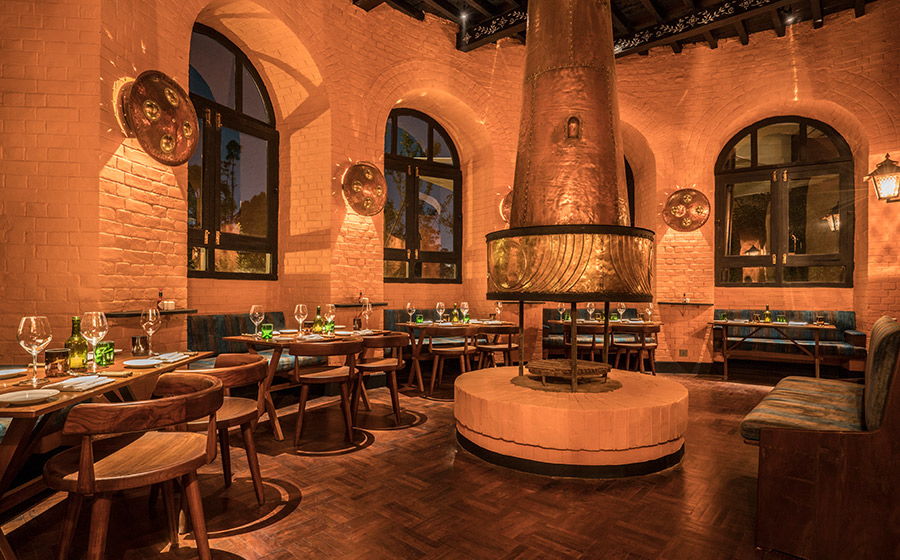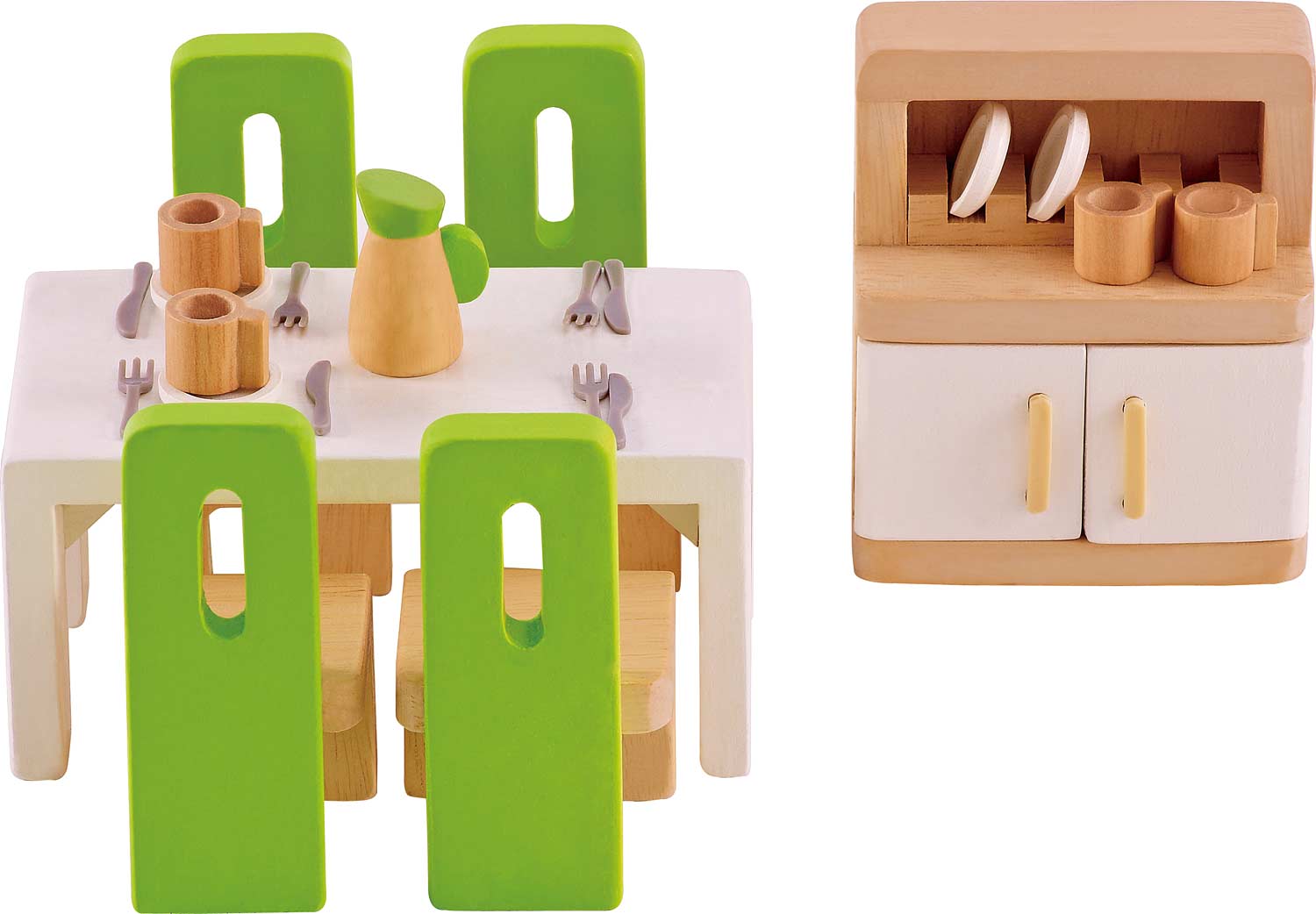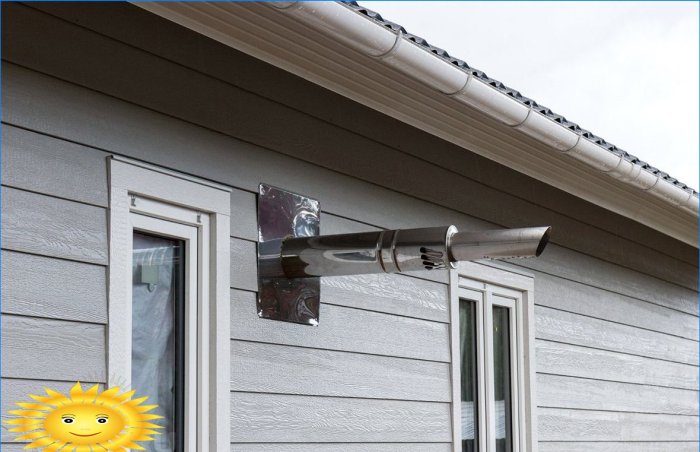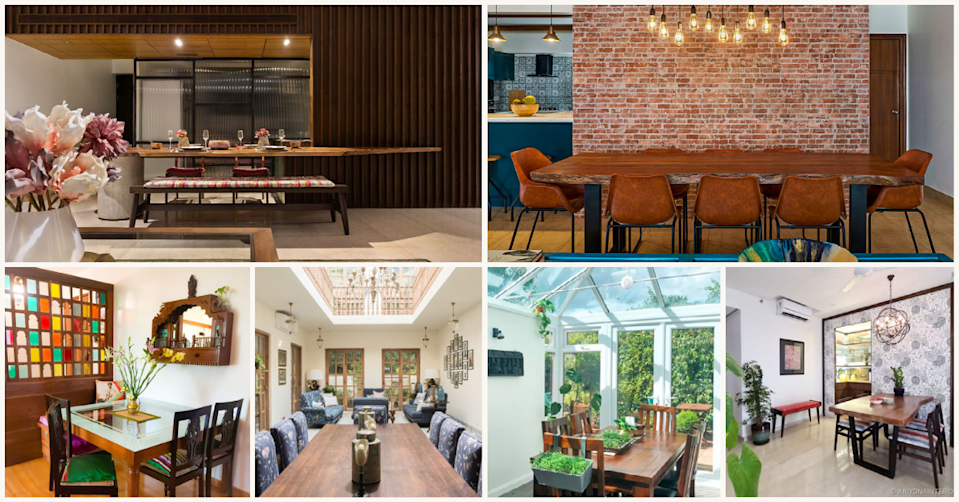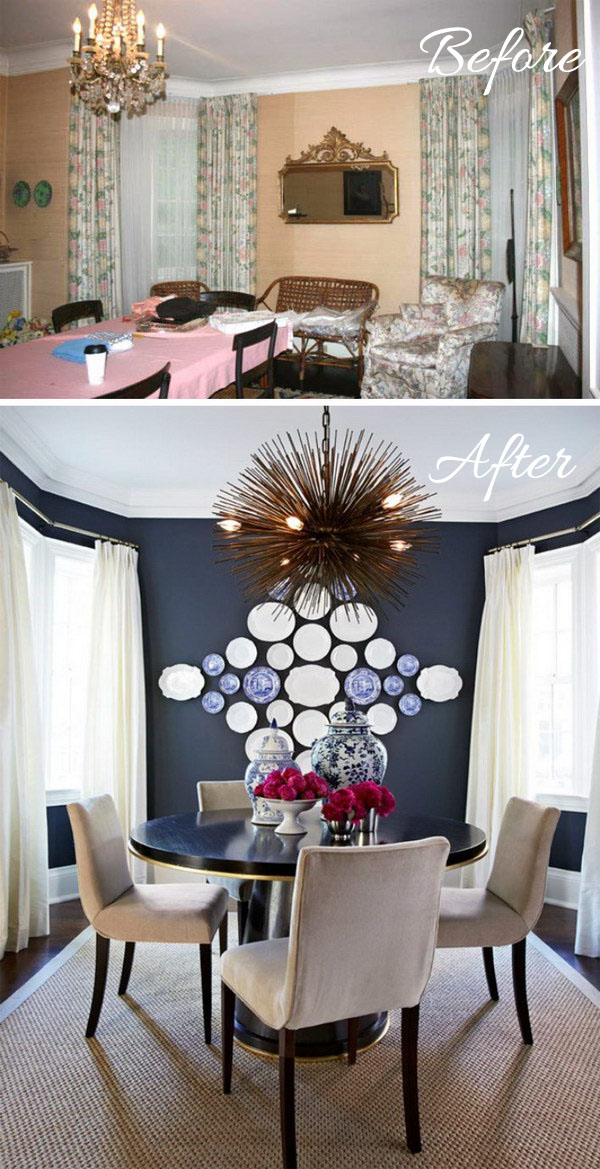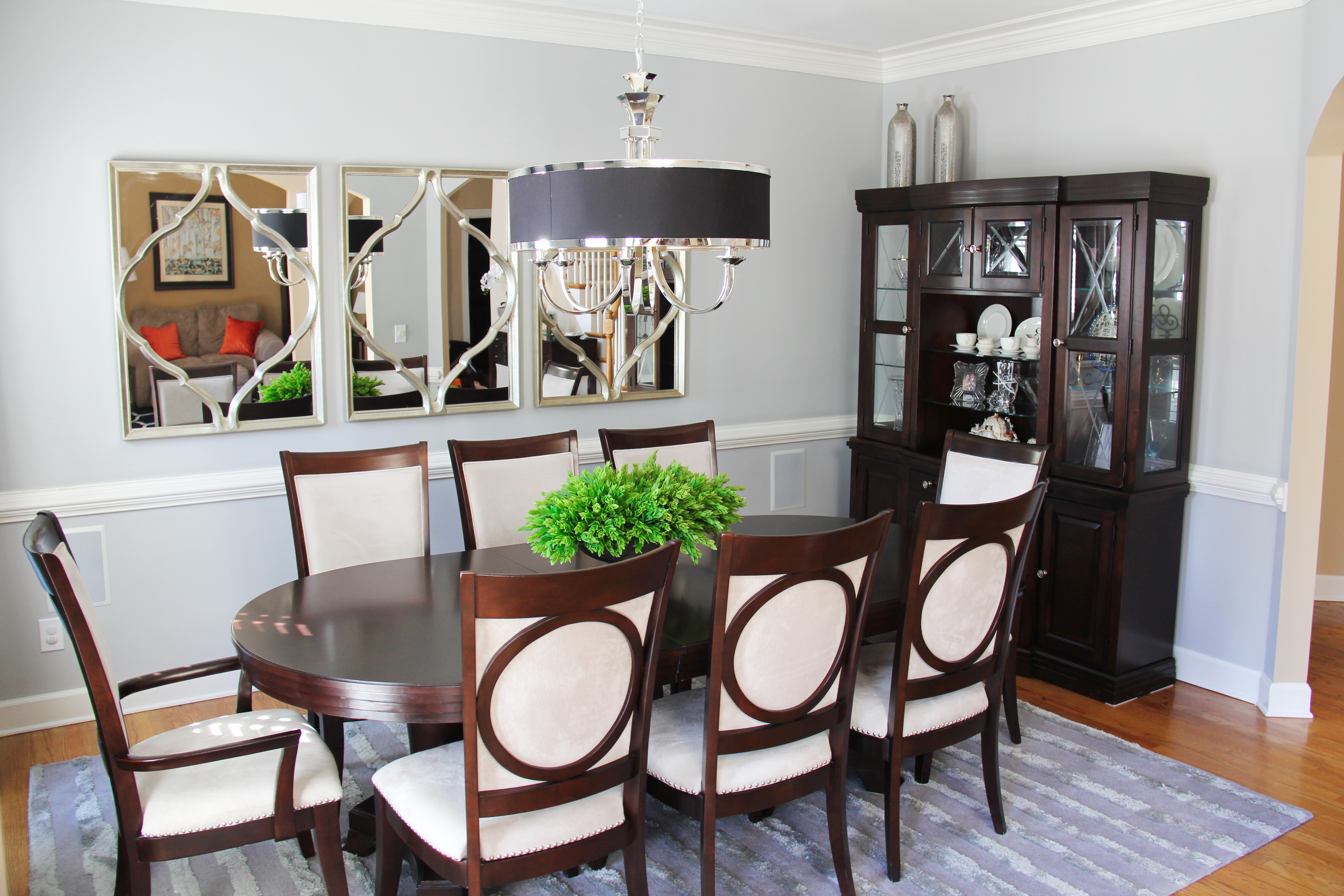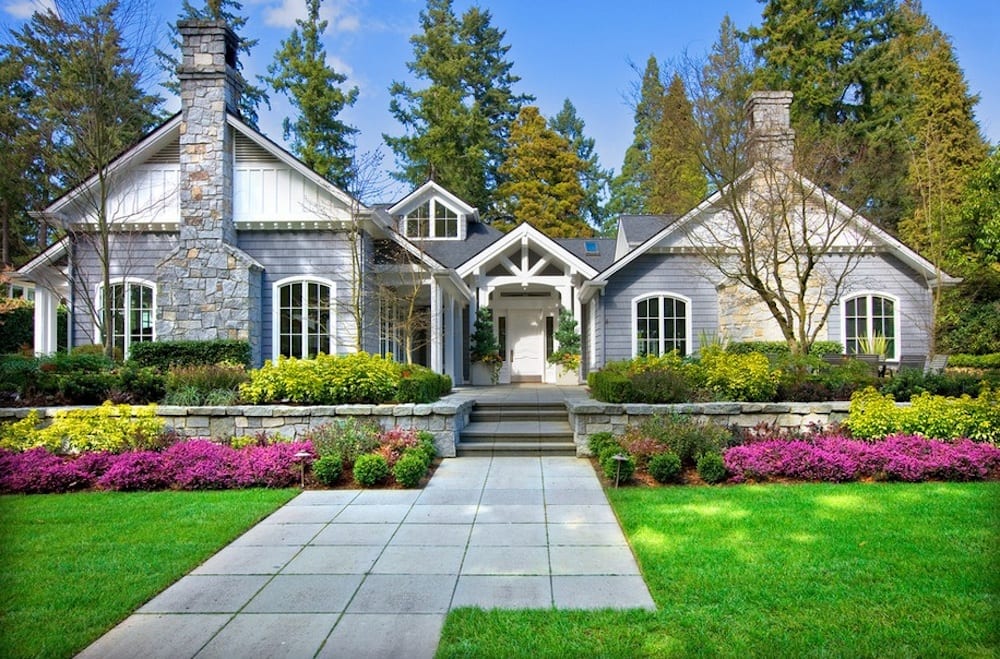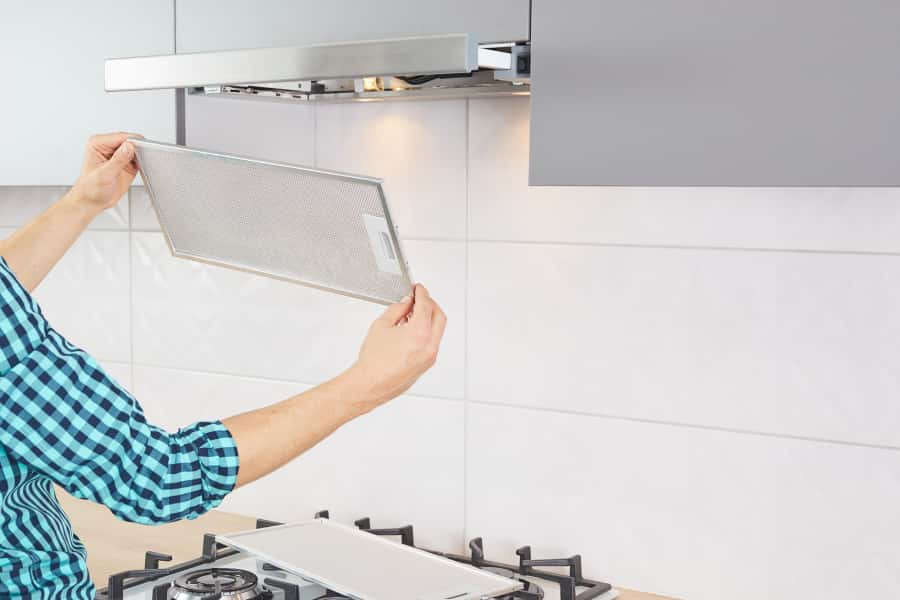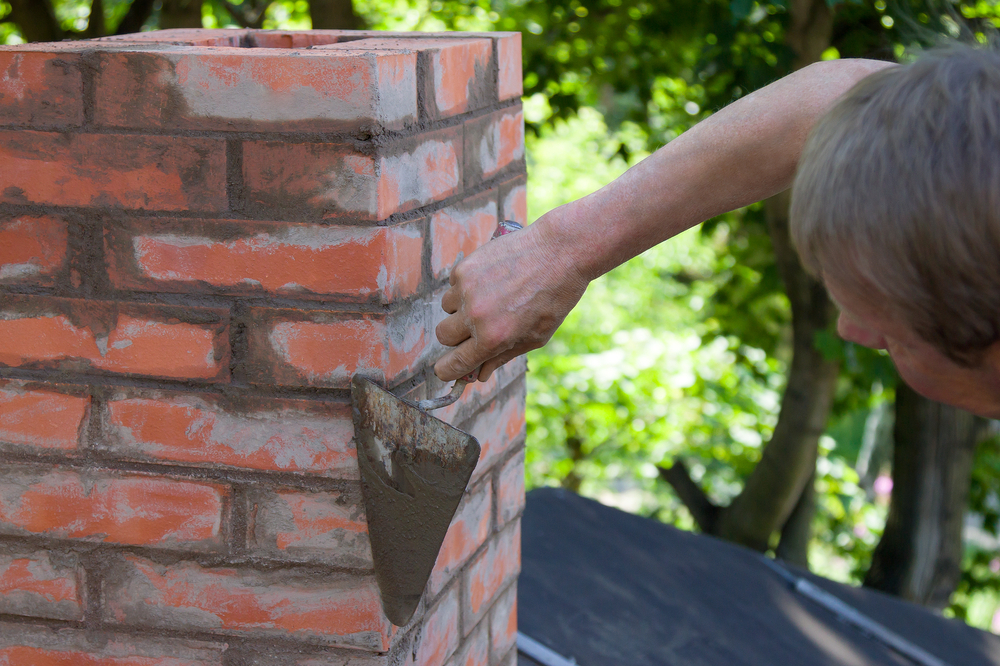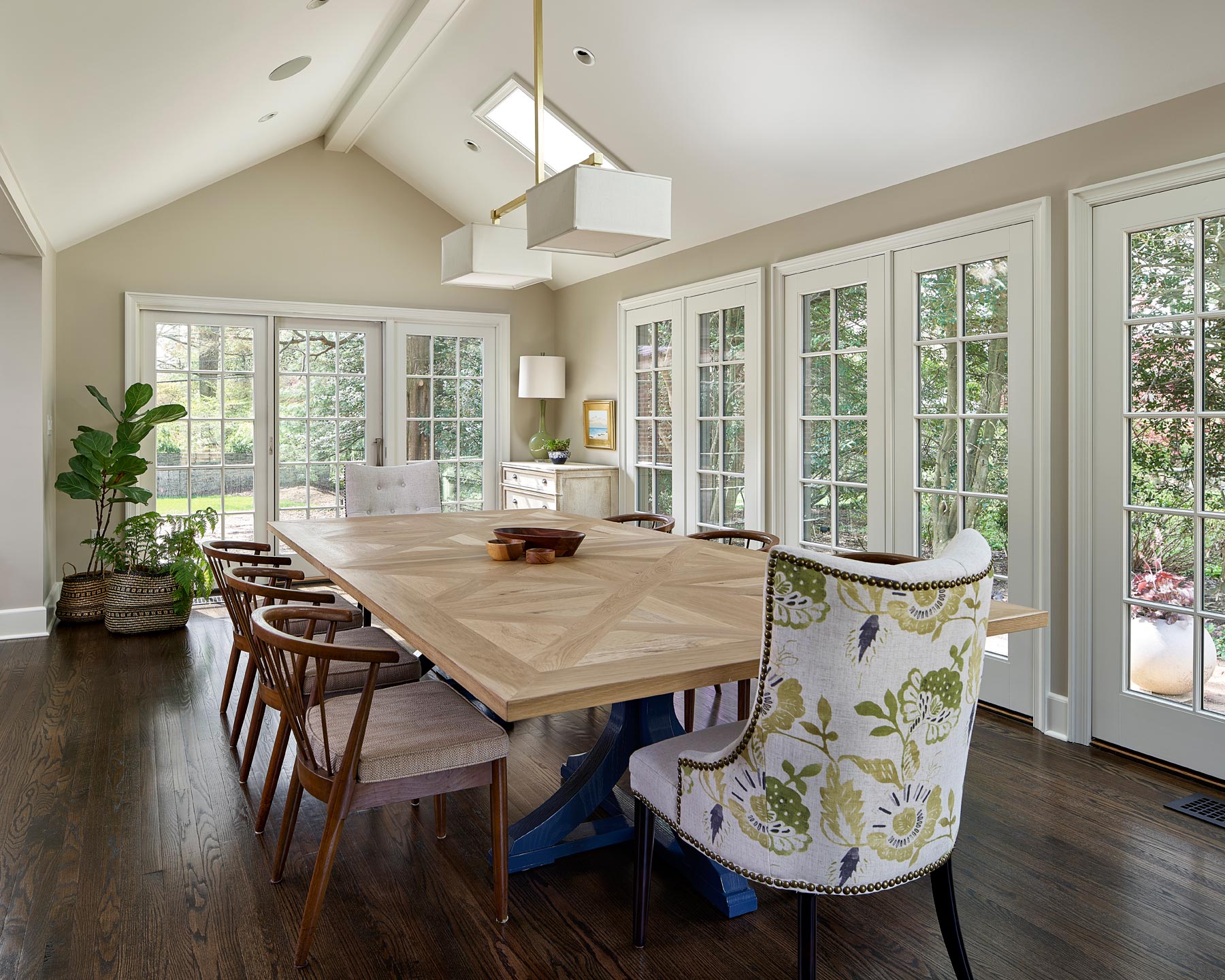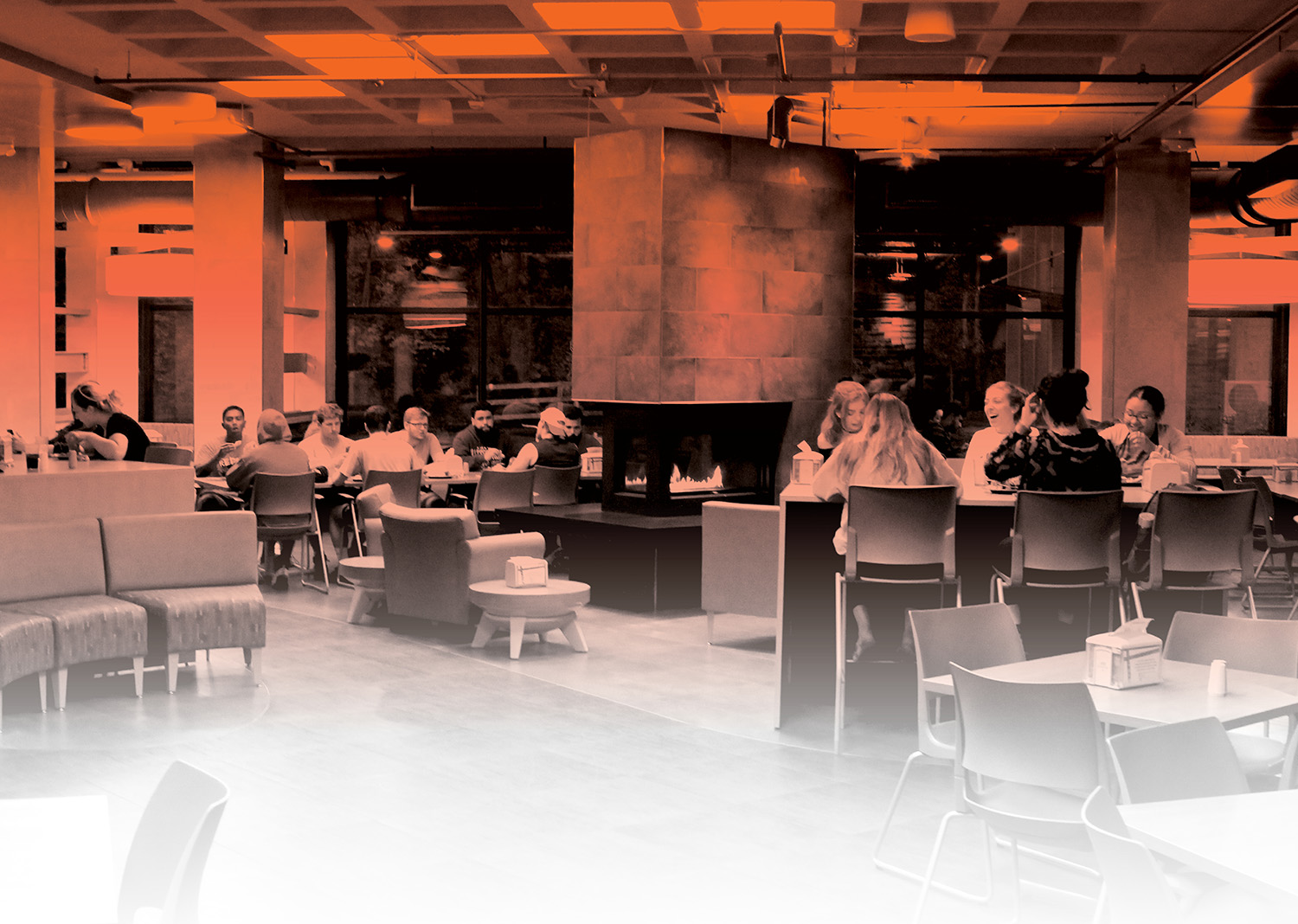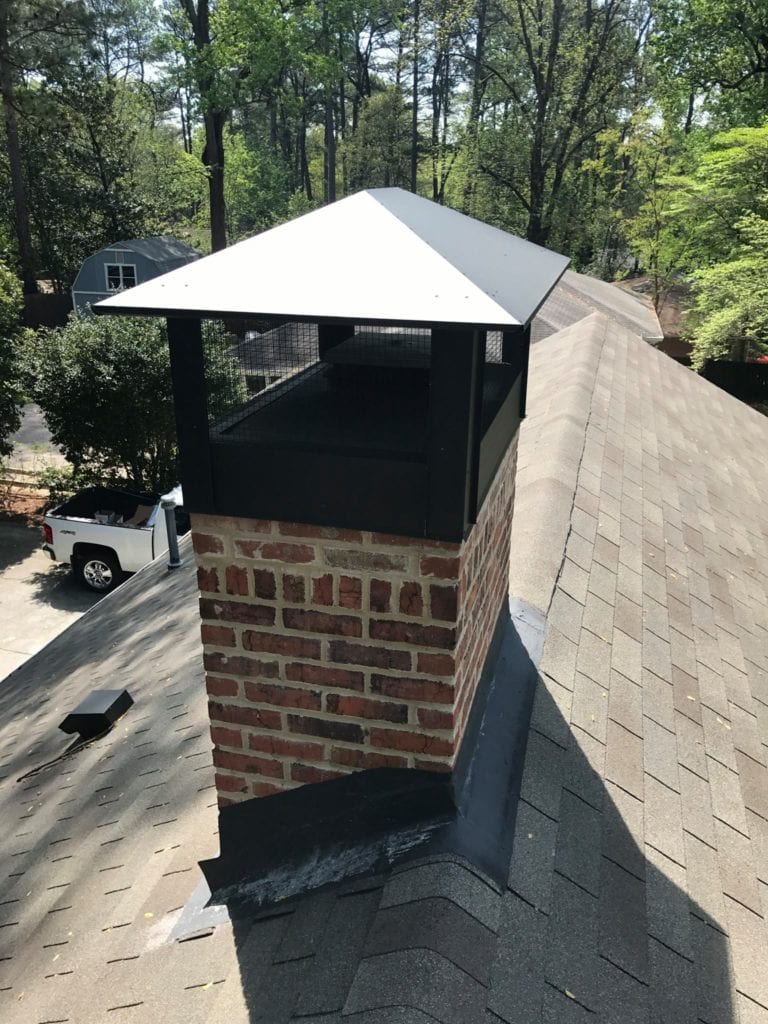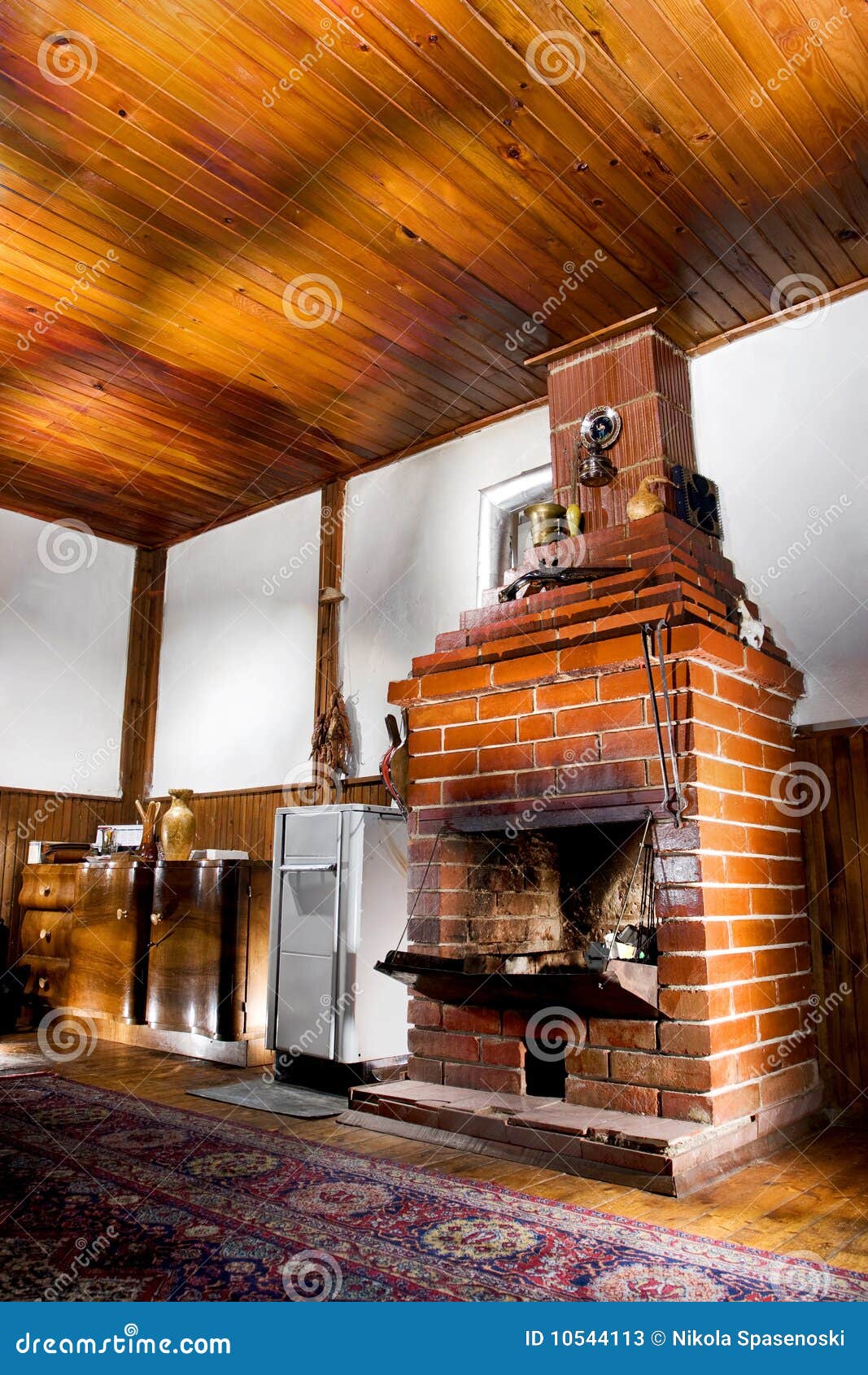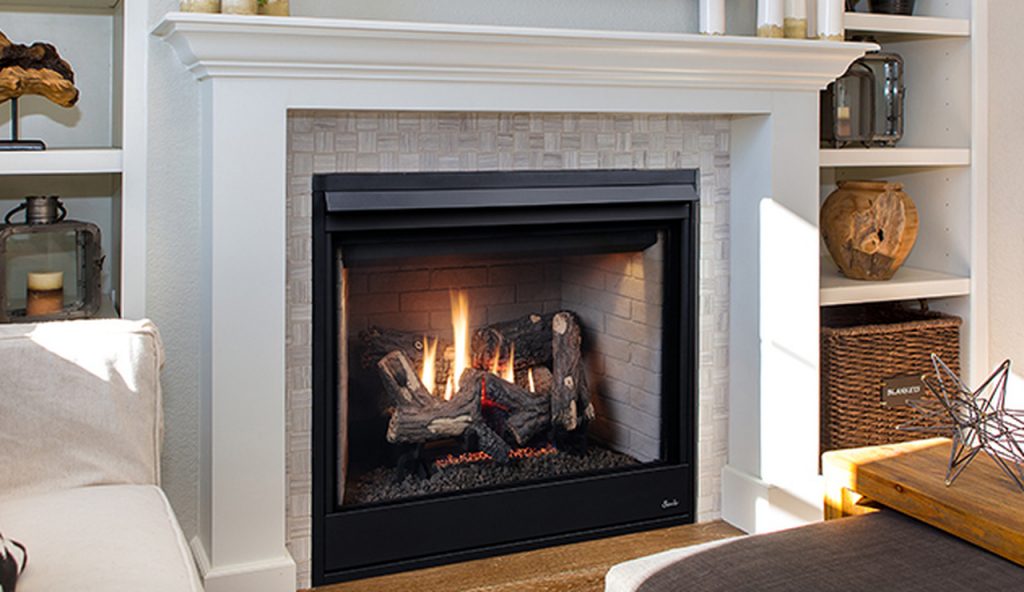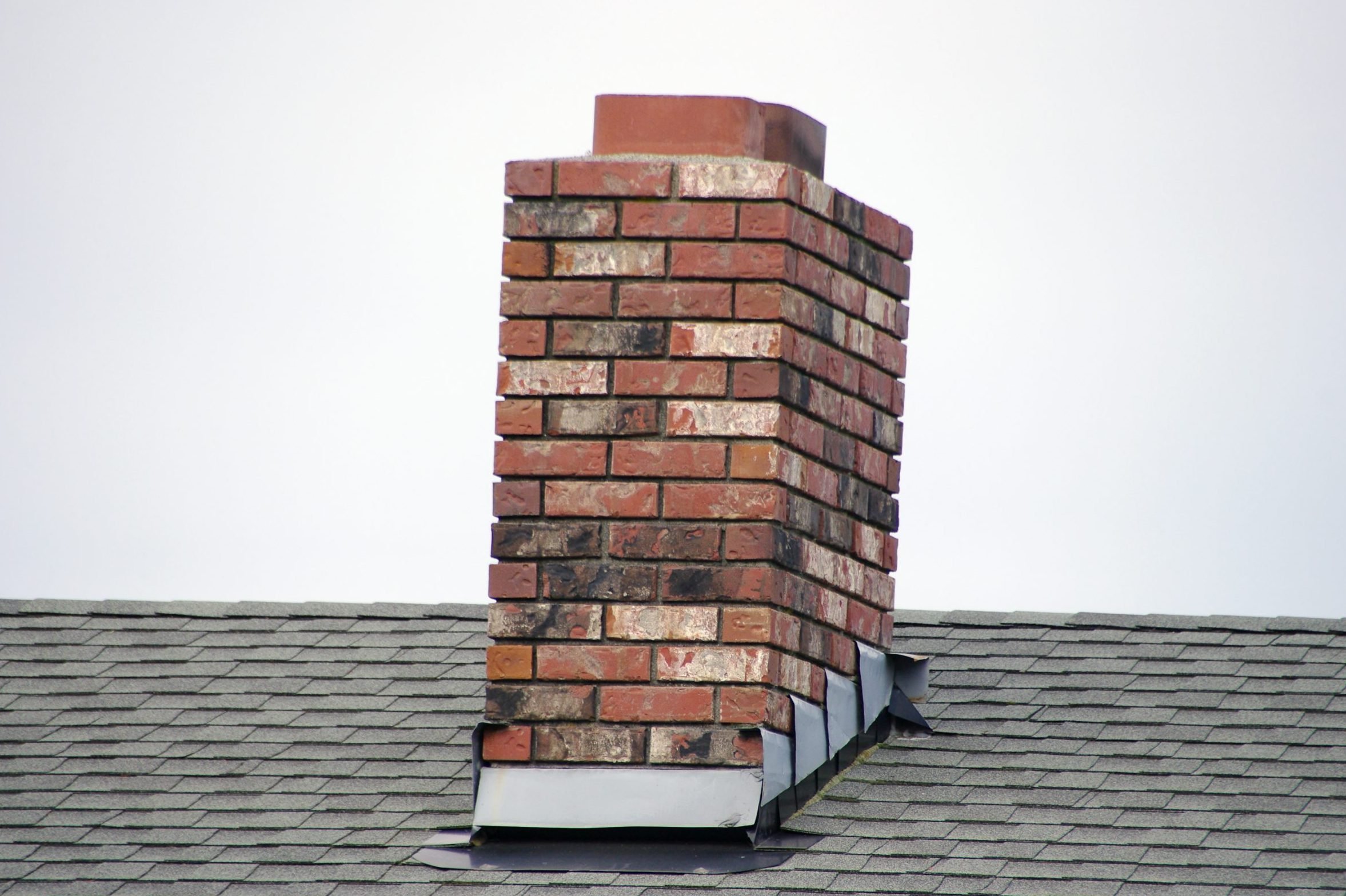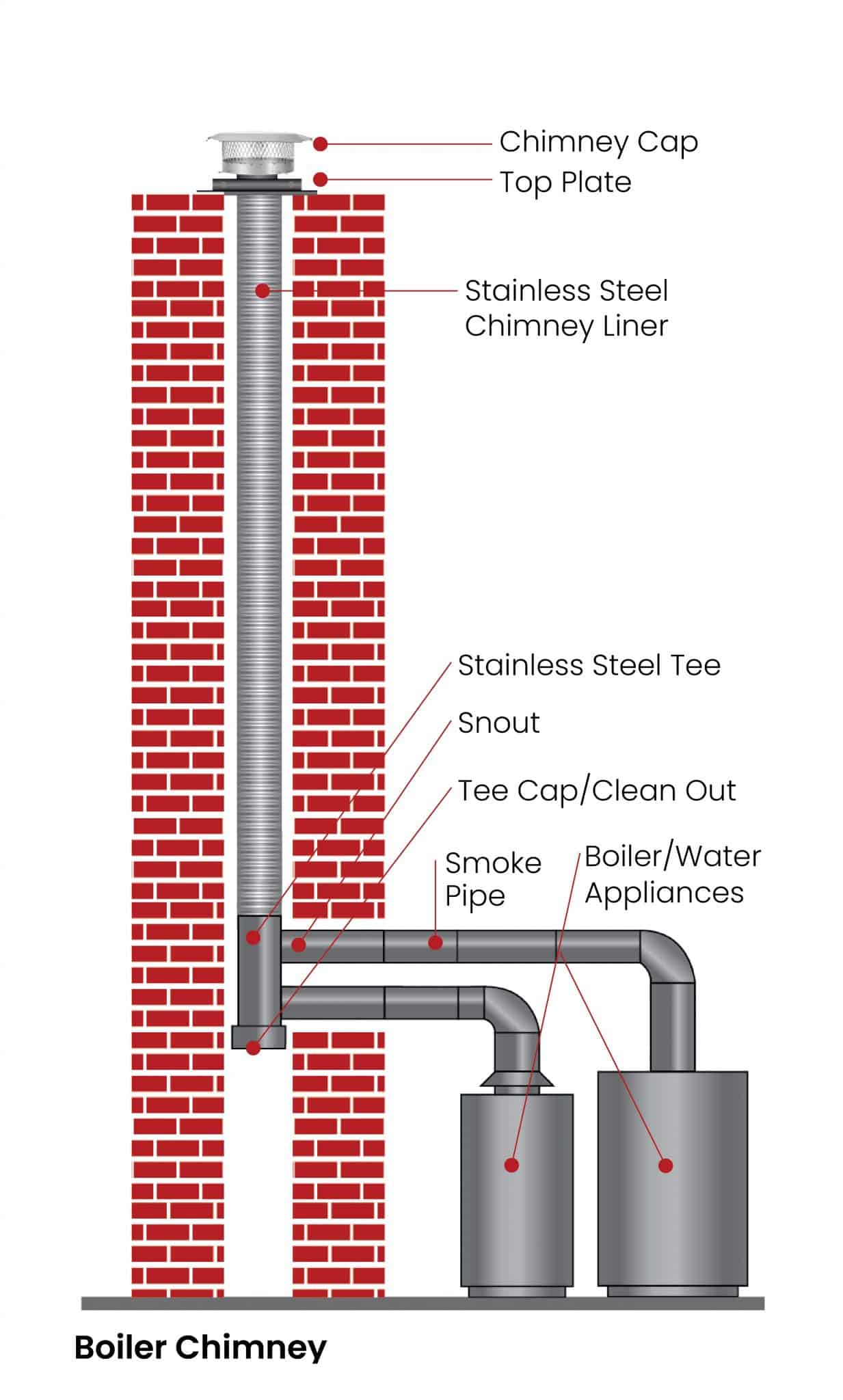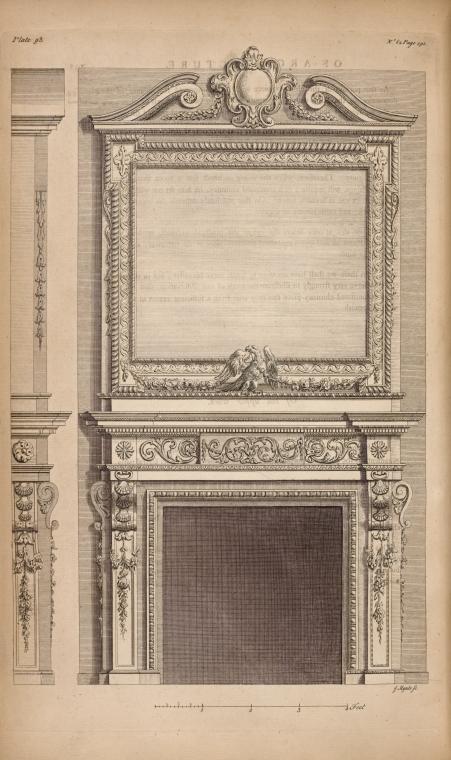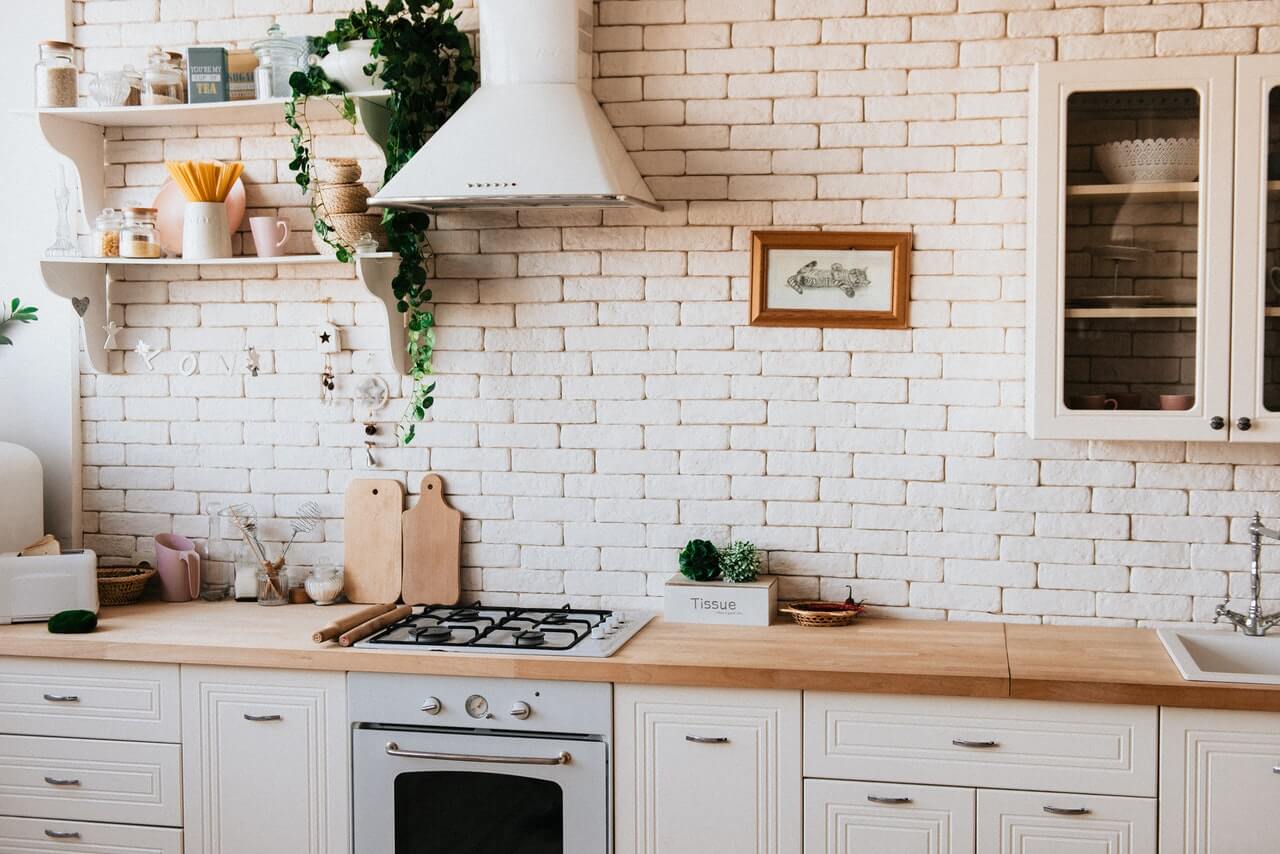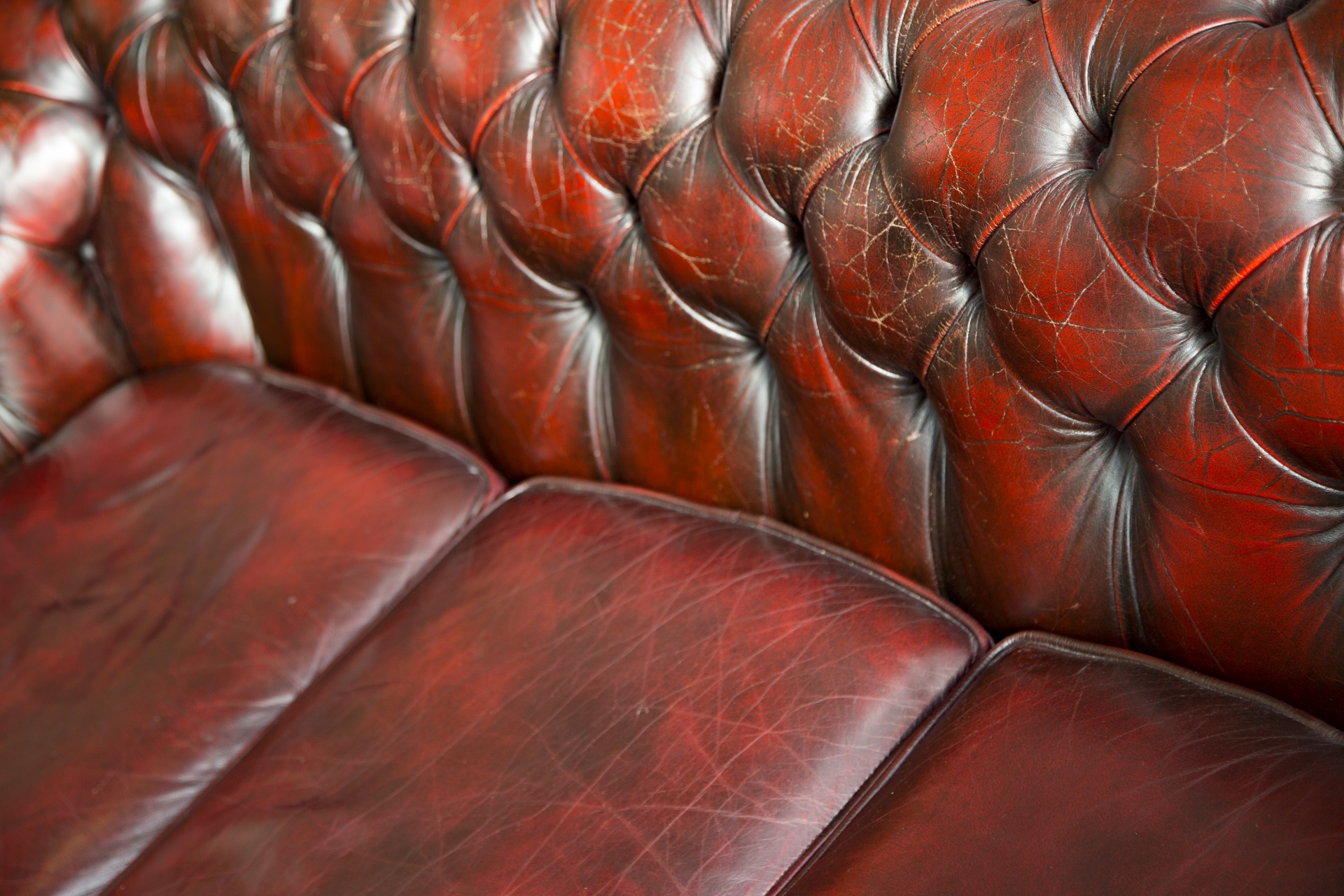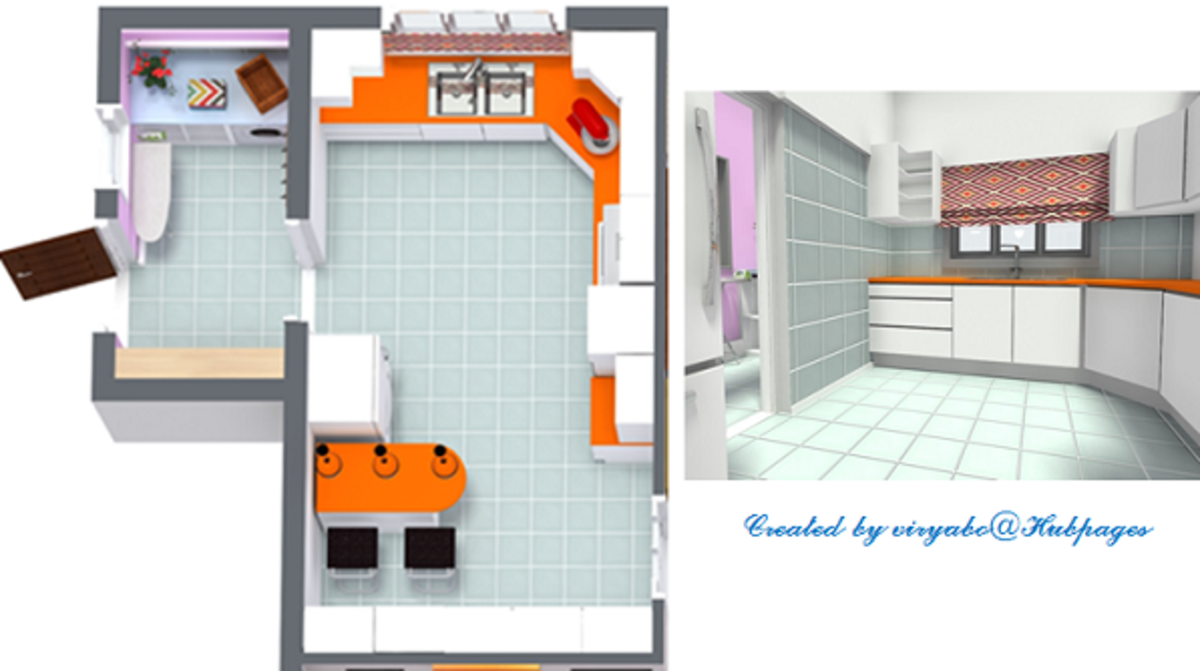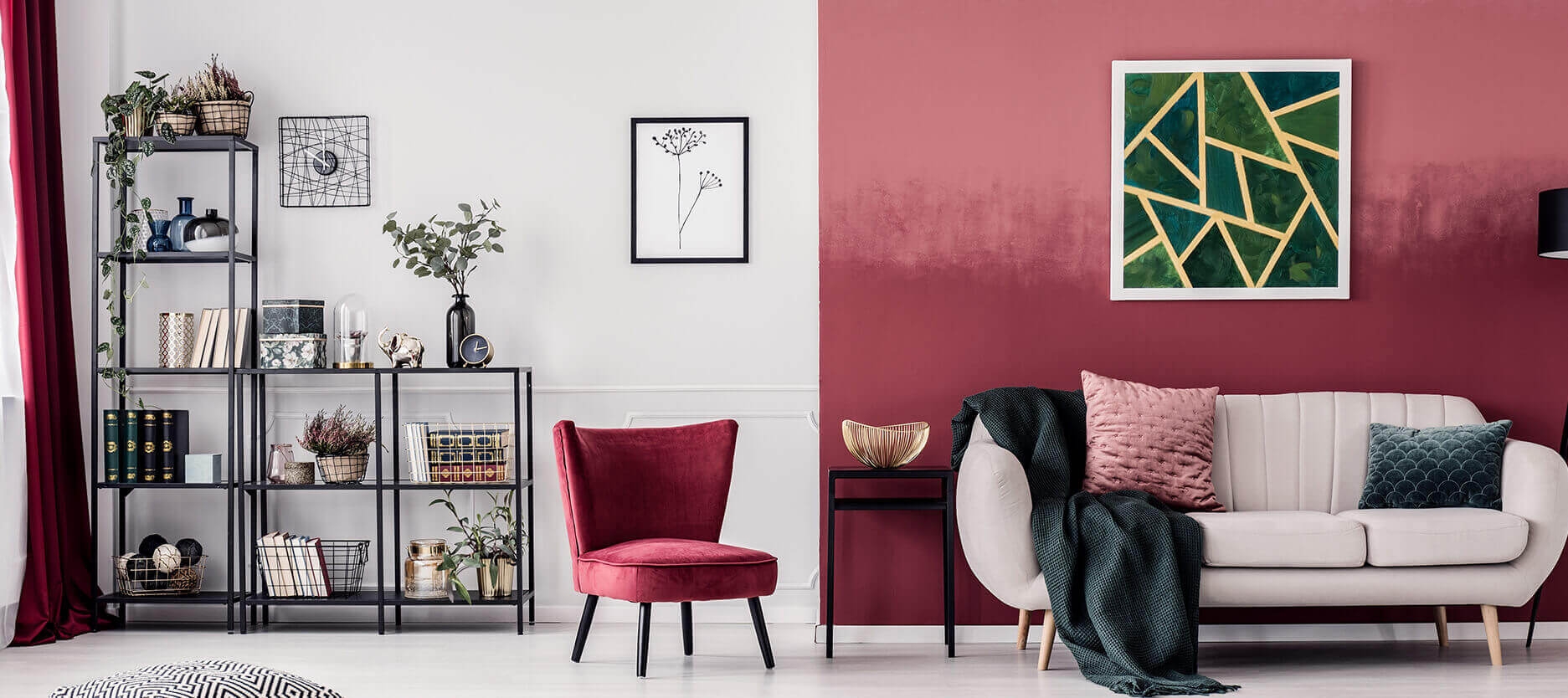A chimney in the dining room can add a touch of elegance and warmth to the space. Not only does it serve as a functional feature for ventilation and heating, but it can also be a beautiful design element in the room. Here are some design ideas for incorporating a chimney in your dining room: 1. Traditional Brick Chimney If you have a traditional or rustic dining room, a brick chimney can be the perfect addition. The warm tones of the brick complement wooden furniture and give a cozy feel to the room. You can also add a mantlepiece above the chimney for some extra character. 2. Modern and Sleek For a more contemporary look, opt for a sleek and minimalist chimney design. A simple, white chimney can create a clean and modern aesthetic in the dining room. Pair it with some modern furniture and lighting for a cohesive look. 3. Double-Sided Chimney If you have an open-plan dining and living area, a double-sided chimney can be a great way to divide the space while still maintaining an open feel. It also allows for a view of the fire from both rooms, creating a cozy atmosphere. Dining Room Chimney Design Ideas
Before deciding to add a chimney to your dining room, it's important to consider the pros and cons. Here are some points to keep in mind: Pros: - Provides heat and ventilation, making the dining room more comfortable - Adds a touch of elegance and character to the room - Can be a focal point and conversation starter Cons: - Requires regular maintenance and cleaning - Can be expensive to install - May take up valuable space in a small dining room Chimney in Dining Room: Pros and Cons
If you decide to add a chimney to your dining room, here are some tips on how to incorporate it seamlessly into the space: 1. Choose the Right Location The placement of your chimney is crucial, as it needs to be in a safe and functional location. Consider the layout of your dining room and choose a spot that allows for proper ventilation and doesn't obstruct traffic flow. 2. Coordinate with the Room's Design When choosing the design of your chimney, make sure it complements the overall style of your dining room. A mismatched chimney can look out of place and disrupt the flow of the room. 3. Add Decorative Touches Don't be afraid to add some decorative elements around your chimney to enhance its visual appeal. You can hang artwork or mirrors above the mantlepiece or add some plants on either side for a pop of greenery. How to Incorporate a Chimney in Your Dining Room
If you have an existing chimney in your dining room that needs a makeover, here are some ideas to give it a fresh new look: 1. Paint It A fresh coat of paint can do wonders for an old and worn-out chimney. Choose a color that complements the rest of the room and gives it a new lease on life. 2. Upgrade the Mantlepiece If your current mantlepiece is looking outdated, consider replacing it with a more modern or stylish option. You can also add some decorative items on top to make it a focal point in the room. 3. Install a Fireplace Insert If your chimney is no longer functional or you want a more energy-efficient option, consider installing a fireplace insert. This allows you to have a fire without the mess and maintenance of a traditional fireplace. Dining Room Chimney Makeover Inspiration
When it comes to placing a chimney in your dining room, here are some tips and tricks to keep in mind: 1. Consider the Ventilation The main purpose of a chimney is to provide proper ventilation. Make sure the location of your chimney allows for proper air circulation and doesn't cause any drafts or smoke buildup. 2. Don't Obstruct Views If you have a beautiful view from your dining room, make sure the chimney doesn't obstruct it. This can also apply to any natural light sources in the room. 3. Utilize Corner Space In a small dining room, a corner chimney can be a great space-saving solution. It also adds visual interest to an otherwise empty corner. Chimney Placement in Dining Room: Tips and Tricks
As with any fireplace or heating feature, it's important to follow safety precautions when it comes to your dining room chimney. Here are some key measures to take: 1. Regular Maintenance and Cleaning Make sure to have your chimney inspected and cleaned at least once a year to prevent any buildup of debris or soot. 2. Use Proper Fuel Always use the recommended type of fuel for your chimney. Using the wrong type can cause damage or even pose a safety hazard. 3. Install a Smoke Detector In case of any malfunctions or buildup of smoke, make sure to have a working smoke detector in the room to alert you and your family. Dining Room Chimney Safety Precautions
If you're thinking of adding a chimney to your dining room, here are some things to keep in mind: 1. Cost The cost of adding a chimney to your dining room will vary depending on factors such as the size, design, and materials used. Make sure to budget accordingly and get quotes from multiple contractors. 2. Building Codes Before starting any construction, make sure to check with your local building codes and regulations to ensure your chimney meets all safety requirements. 3. Consider Other Heating Options If the cost of installing a chimney is too high, or if you simply don't want to deal with the maintenance, consider other heating options for your dining room, such as a space heater or electric fireplace. Adding a Chimney to Your Dining Room: Cost and Considerations
Your dining room chimney doesn't have to be just a functional feature; it can also be a great opportunity for decor. Here are some ideas to decorate your chimney: 1. Hang a Wreath For a simple but festive touch, hang a seasonal wreath on your chimney during holidays or special occasions. 2. Display Artwork If your chimney is larger, use the space above it to display artwork or a statement piece. This can add some visual interest and personality to the room. 3. Add Candles If you have a non-functioning chimney, consider filling it with candles for a cozy and romantic atmosphere. You can also use flameless candles for a safer option. Dining Room Chimney Decor Ideas
To ensure your dining room chimney stays in good condition, here are some maintenance tips to follow: 1. Clean Regularly As mentioned, make sure to have your chimney cleaned at least once a year to prevent any buildup of debris or soot. 2. Check for Damage Regularly inspect your chimney for any signs of damage, such as cracks or loose bricks. Address any issues as soon as possible to prevent further damage. 3. Use Proper Tools When cleaning or maintaining your chimney, make sure to use the proper tools and equipment. This includes a chimney brush, vacuum, and protective gear. Chimney Maintenance for Your Dining Room
If you're planning on installing a chimney in your dining room, here are the basic steps to follow: 1. Hire a Professional Installing a chimney is a complex and potentially dangerous task, so it's best to hire a professional contractor who has experience with chimney installation. 2. Choose the Design and Materials Work with your contractor to choose a design and construction materials that fit your budget and style preferences. 3. Obtain Necessary Permits Before starting any construction, make sure to obtain any necessary permits from your local building department. 4. Install Foundation and Chimney Base The first step is to lay a solid foundation and construct the base of the chimney. This will provide a stable and secure structure for the rest of the chimney. 5. Build the Chimney Structure Next, the contractor will construct the actual chimney structure, which includes the flue, firebox, and mantlepiece. 6. Finish with Flue and Cap Finally, the flue and chimney cap will be installed to allow for proper ventilation and prevent any debris from entering the chimney. Adding a chimney to your dining room can be a worthwhile investment that adds both functionality and aesthetic appeal to the space. With proper maintenance and care, your dining room chimney can be a beautiful and functional feature for years to come. Dining Room Chimney Installation Guide
The Perfect Addition to Any Home: A Dining Room with a Chimney

Transforming Your Dining Experience
 The dining room is often considered the heart of the home, a place where families gather to share meals and create memories. But what if you could take your dining experience to the next level? A dining room with a
chimney
is the perfect addition to any home, bringing warmth, ambiance, and style to your meals. Not only does it add a touch of elegance and sophistication, but it also creates a cozy and inviting atmosphere for your family and guests.
The dining room is often considered the heart of the home, a place where families gather to share meals and create memories. But what if you could take your dining experience to the next level? A dining room with a
chimney
is the perfect addition to any home, bringing warmth, ambiance, and style to your meals. Not only does it add a touch of elegance and sophistication, but it also creates a cozy and inviting atmosphere for your family and guests.
Bringing Warmth and Ambiance
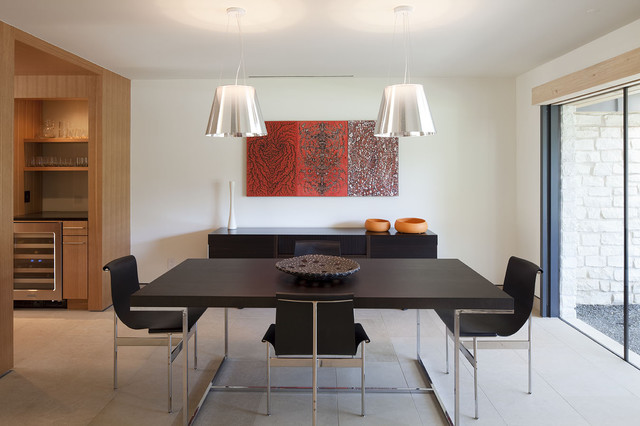 A
chimney
in the dining room not only provides warmth on chilly evenings, but it also adds a sense of coziness and comfort to the space. Imagine sitting around the dining table, enjoying a delicious meal while the crackling fire in the
chimney
creates a warm and inviting glow. It sets the perfect mood for intimate dinners or lively dinner parties with friends and family.
A
chimney
in the dining room not only provides warmth on chilly evenings, but it also adds a sense of coziness and comfort to the space. Imagine sitting around the dining table, enjoying a delicious meal while the crackling fire in the
chimney
creates a warm and inviting glow. It sets the perfect mood for intimate dinners or lively dinner parties with friends and family.
Adding Style and Elegance
 A dining room with a
chimney
instantly elevates the style and elegance of your home. It becomes a focal point in the room, drawing the eye and creating a sense of grandeur. You can choose from a variety of
chimney
designs, from traditional brick to modern stone, to complement your home's overall aesthetic. It also provides the opportunity to add additional design elements, such as a mantel or decorative accents, to make the space truly unique.
A dining room with a
chimney
instantly elevates the style and elegance of your home. It becomes a focal point in the room, drawing the eye and creating a sense of grandeur. You can choose from a variety of
chimney
designs, from traditional brick to modern stone, to complement your home's overall aesthetic. It also provides the opportunity to add additional design elements, such as a mantel or decorative accents, to make the space truly unique.
Increase Your Home's Value
 Not only does a dining room with a
chimney
add to the aesthetic appeal of your home, but it can also increase its value. Many homebuyers are drawn to the charm and functionality of a
chimney
, making it a desirable feature for potential buyers. It can also make your home stand out among other properties on the market, giving you a competitive edge.
In conclusion, a dining room with a
chimney
is the perfect addition to any home. It transforms your dining experience, adds warmth and ambiance, elevates the style and elegance of your home, and can even increase its value. So why not consider adding a
chimney
to your dining room and take your home to the next level?
Not only does a dining room with a
chimney
add to the aesthetic appeal of your home, but it can also increase its value. Many homebuyers are drawn to the charm and functionality of a
chimney
, making it a desirable feature for potential buyers. It can also make your home stand out among other properties on the market, giving you a competitive edge.
In conclusion, a dining room with a
chimney
is the perfect addition to any home. It transforms your dining experience, adds warmth and ambiance, elevates the style and elegance of your home, and can even increase its value. So why not consider adding a
chimney
to your dining room and take your home to the next level?



